Liza: You studied at Williams College, in Massachusetts, between 2010 and 2014. When I taught you in my Video course there, did we read that Jalal Toufic vampire book? It was called Vampires, and it’s in large part about living through the Lebanese civil wars and what it feels like to live in a ruined world. It’s a really poetic and mystical and smart and weird book, but Toufic also talks about vampire time and gravity, saying that in a vampire movie, gravity is not the same for everyone. It weighs down some people more than others, so how one person moves or experiences time is not the same as for other people. That made me think of you and some things I saw in your recent work.
Malik: I definitely feel like I’m playing with gravity, and not only because I make dance. I play with emotional and affectual gravity, too. I’m interested in the idea of gravity and weight not really weighing the same on everyone in the room. Take crawling. If I crawl next to a cis, white man, the gravity of meaning behind this image will be extraordinarily different because of sociopolitical trappings. If I crawl, it may have a heavier read and a heavier meaning to some, and it could produce more feelings in the audience because of who I am, or because I chose not to shine a narrative light on that heaviness just by having certain characteristics and by doing an action. When I’m making any given choreographic image, I’m really aware of that.
I have an inkling that the next couple of works I make are going to go further into abstraction and risk because I’m not really interested in the regime of coherence, and I think plot-driven narratives and themes often do that prematurely. I think choreography can offer something else, something otherworldly, and I’m trying to cultivate possibility and impossibility itself. What can choreography offer our understandings of those things, and where is there room for what we don’t understand? I want to make choreography that gives the meaning of possibility its materiality and texture. Choreography that creates new possibilities for the body, for the production of meaning, something live that opens up what did not exist in the same configuration or with the same understanding beforehand.
You showed me amazing performance art in that class, some of which really influenced me today.
If I crawl next to a cis, white man, the gravity of meaning behind this image will be extraordinarily different because of sociopolitical trappings.
Liza: What has stayed with you?
Malik: Perhaps the most influential was “Melons” by Patty Chang. In that video work she narrates a poetic text into the camera while balancing a plate on her head—pretty precariously, but she doesn’t really show it—and at the same time chopping in half a melon, which is holstered in the place of her left breast. This piece taught me a lot about meaning-making without relying on plot, foregrounding conflict with action, and utilizing suspense and precarity as choreographic tools. At the end of the video, Chang smashes the bowl, and I remember the smirk on her face and confidence to which she did this.
She sustained this vibe throughout the video—I remember her neck being really long and upright, and the plate moves and shifts but never falls. I felt the suspense in the text she was narrating, as she talked about a piece of fine china she was given by her family, and how she got a small one because it was cheap, though she was told it was because she was petit and it matched her size. The text, paired with the chopping of the melon on her breast and the plate shifting around on her head, is so precarious but she doesn’t falter. Something is about to happen, and then it does. Incredible piece, and so choreographic...
Liza: Oh good, I’ll tell her. We both went to University of California San Diego and are still friends. That school was very clear about the difference between performance art and acting. There is no pretending in performance art. You either really do it or you don’t do it.
What I’m doing now—directing for TV—is completely the opposite of that kind of performance. I am not sure I ever really did that kind of work, but for sure what I am doing now is about generating the effect of what we call acting as opposed to really doing it.
Malik: I don’t know if you remember this, because maybe you’ve had to reprimand students before, but you once had to reprimand me in the Video class, which was an introduction to making videos of all kinds: narrative, non-narrative, performance-based, experimental, abstract... I made a video where a collaborator and I were swapping an egg yolk between our mouths. When it broke he slammed me against the wall. I didn’t know how to make such a piece, but I was experimenting. I remember you saying, “Under no circumstances can you hurt yourself in my class.” I think you had to say that.
Liza: Of course I did, and actually it is really important to not hurt yourself. I mean, well, is it? Performance artist Chris Burden got himself shot and also was crucified to a Volkswagen, and people considered that good work. But in this kind of art you want to preserve the possibility to continue to experiment. So you want to be alive and healthy. It is true that I was somewhat responsible for ensuring students not hurt themselves while fulfilling assignments I gave. What you did was full-on.
Malik: I was being really bold.
A lot of care has to go into cultivating an experience that allows an audience to see something and not just turn away.
Liza: Certain boundaries can be helpful. But it’s also important to ask: What is the psychic underpinning of the piece? Under some circumstances, I can tell you to stop hurting your head. But what lines does it cross to be like, “Let’s talk about why you want to hit your head.” That was none of my business. I would be a different person if I was like, “Let’s sit here together and hold hands, and let’s talk about what’s generative about masochism for you.” I can guide you through parts of that inquiry, but some of that conversation is for you to have with yourself or others. I wanted to make a space for you to explore those things, but you won’t always know the answers right away.
Malik: That is true. I appreciate how that was handled. I have that video on my Vimeo still, though it’s private. I return to it every now and again, thinking I was onto something. I was trying to investigate shock by doing things for real, trying to create material from that rather than metaphors or representations.
I’m glad I had time at Williams to explore that. I don’t think I would do that egg yolk video today, I’d be like, “Oh my god I’m gonna get salmonella.” I’m almost embarrassed to say this now, cause I don’t think it’s responsible, but I had wanted to make a live show in a choreography class where I was hanging from the ceiling. Thinking back on that now, there is a gravity to that situation. It would be so heavy. Not even for me, because I might die, but the image of that.
Liza: That school has certainly provoked a lot of reasons to talk about the spectacle of lynching and the forms of power that underlie it. Remarkably often there is somebody who tries to do a lynching piece, or a fake lynching, or a noose joke, something that is likely not intended as an art piece but more as an old-fashioned form of racist harassment. For some reason on that campus, and perhaps at many others, there is the constant repetition of the lynching trope. I don’t know if it’s fair to say that it seems to come up even more there than in the rest of the world, but it sure does come up a lot.
Malik: I feel like that is definitely particular to the space, culture, and history of Williams. It’s also endemic to the United States—it’s everywhere. But in that place, I met a very specific kind of violence that only happens to Black people on college campuses. If you’re making something live you can’t deny or ignore the materials you’re working with or the physical landscape.
I wouldn’t make a work with me hanging now. I think more about the responsibility of the images I create, even if they’re difficult. I still might lean into things that are quite violent, but I also try to be responsible—with myself and the things I want to implicate myself in as a person who makes things with their body, but also for those who encounter the images or the states I’m creating. I don’t want my work to be traumatizing.
I watched some films recently that are quite traumatizing, and they’re kind of cool, but also shouldn’t we have a conversation about the ethics of that? I get on the one hand showing something that people want to look away from and making that really visible. But a lot of care has to go into cultivating an experience that allows an audience to see something and not just turn away.
In my show $ELFIE$, my collaborator, Kam, and I make a chain. He’s trying to wrestle me to the ground and my score is that I don’t go to the ground. He’s a lot bigger than me, really muscular, quite strong. Maybe he gets me to the ground a little bit, but I try to not go down. It can get violent cause he has to try quite hard because I’m taller, and I have to try to make sure that he’s not successful. Inevitably he is successful, and then I’m just lying on the ground.
We could have made a piece where he’s wrestling me to the ground over and over again, something violent and intense. But we chose to have a moment of nothing happening after he succeeds. It’s just a pause, silence. Anyone watching has to sit there with that image. We’re giving time for people to process what that might mean, or to reckon with what just happened. Because otherwise people might just look away. And that’s not what we want.
Liza: What is unwatchable and what is the use of finding the limit of that? And then what happens when an artist goes beyond that? I don’t think unwatchable means the same thing to every person. But it seems like you’re trying to strike a balance, the right amount of surprise or shock. Or something that redistributes feelings and that surprises someone enough to think about it.
Malik: Nothing is unwatchable. But we must be responsible.

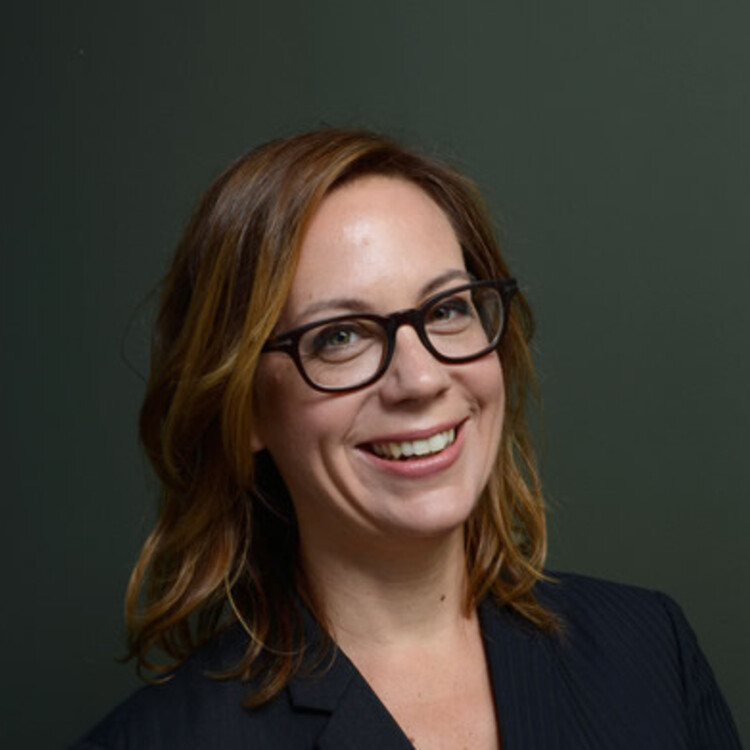
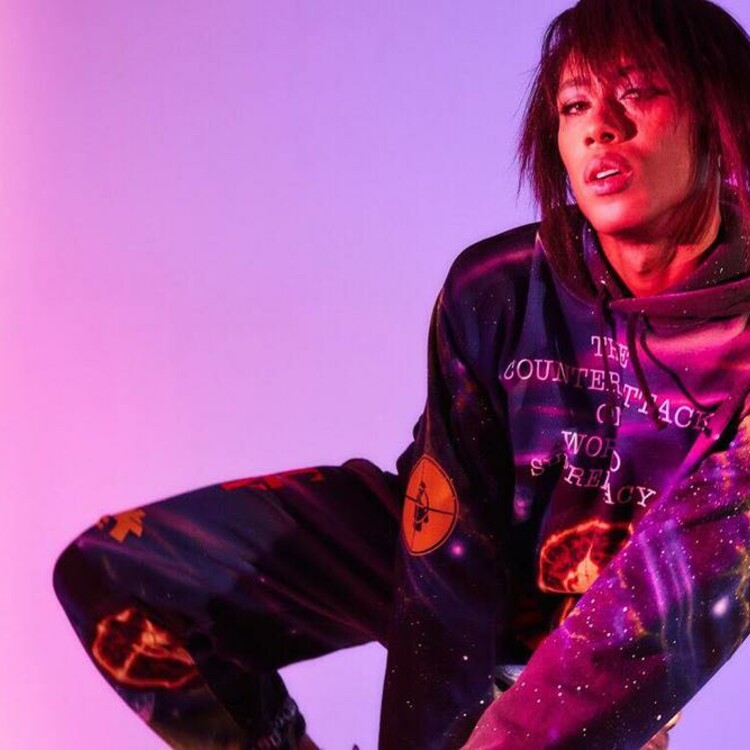
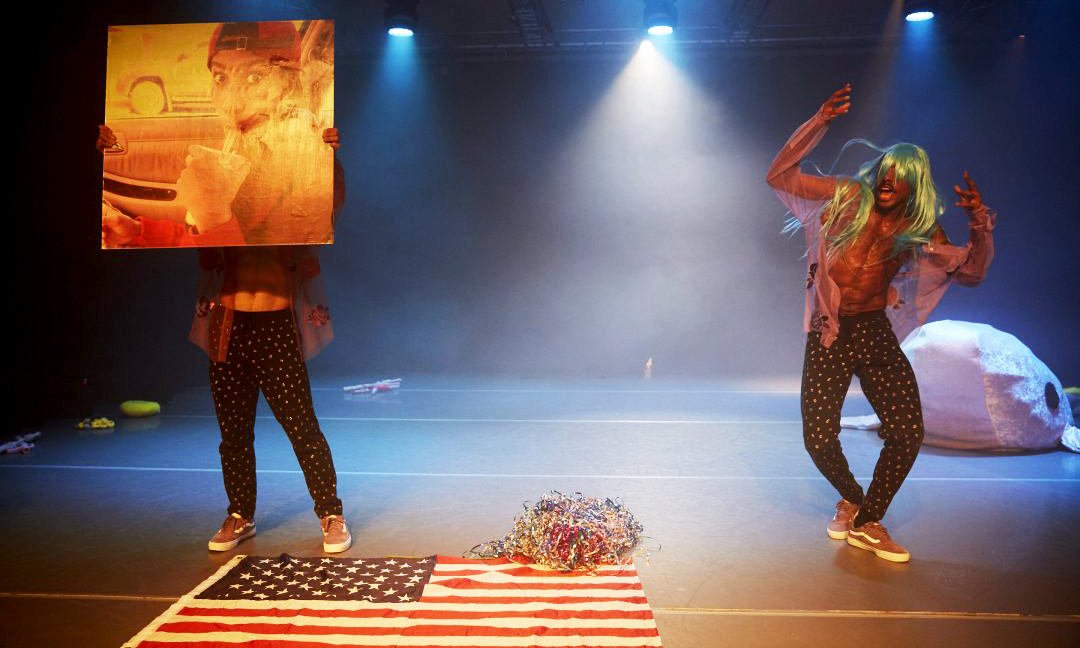
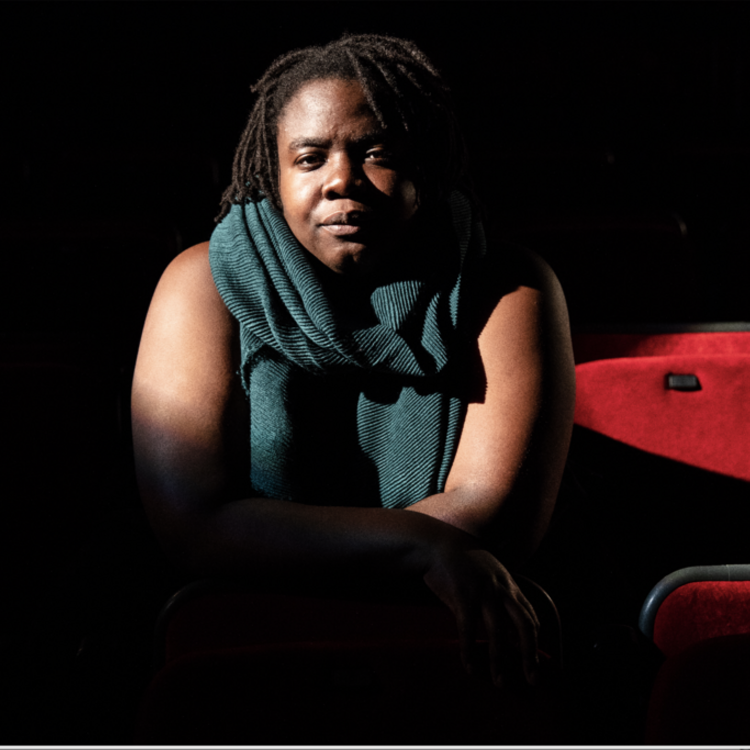
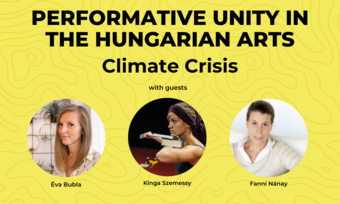









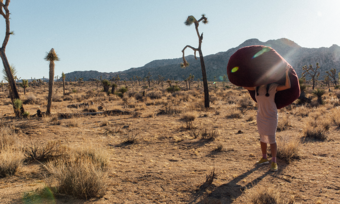


Comments
The article is just the start of the conversation—we want to know what you think about this subject, too! HowlRound is a space for knowledge-sharing, and we welcome spirited, thoughtful, and on-topic dialogue. Find our full comments policy here